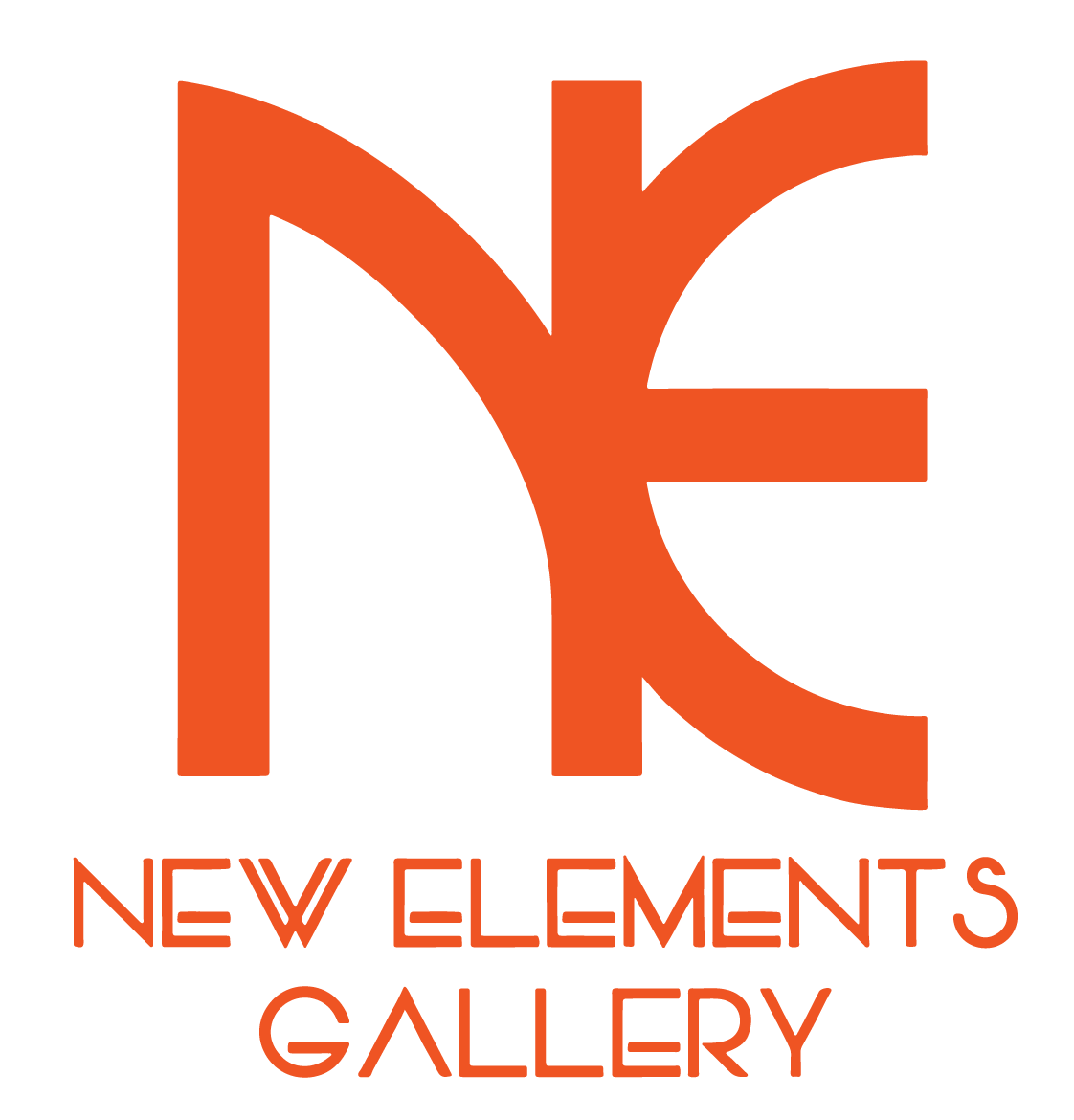Visual tension is the secret ingredient that transforms a static painting into a dynamic, captivating artwork that commands attention. This psychological and aesthetic phenomenon occurs when artists strategically place contrasting elements—particularly bold pops of color like red in a sea of calming colors—to create visual friction that keeps viewers engaged. Understanding how to harness tension through color relationships, especially warm-cool contrasts and complementary schemes, can elevate your artwork from merely decorative to emotionally compelling. When artists master this technique, their works become centerpieces in whatever room they hang. At New Elements Gallery, we have several artists that capture this tension.
One of the most powerful ways to create tension in painting lies in the strategic use of color temperature contrasts and complementary relationships. Red, being the most psychologically charged color on the spectrum, serves as an exceptional tool for generating visual energy when placed against cooler backgrounds of blues, greens, or purples. This warm-cool dynamic creates what art theorists call "simultaneous contrast," where colors appear more vibrant and intense when positioned next to their opposites. For instance, a small patch of cadmium red placed within a predominantly blue-green landscape doesn't just add color—it creates a focal point that pulses with energy, drawing the eye like a magnet.
Beyond temperature contrasts, artists can amplify tension through value relationships (light against dark), saturation differences (bright against muted), and strategic placement using the rule of thirds or golden ratio. The key is restraint: a single well-placed pop of red in an otherwise subdued palette often creates more dramatic tension than multiple competing color statements. Consider Janet Triplett's beautiful landscapes, where often she intentionally adds a flash of color in her beach scenes to create the perfect focal point. Or, if you're looking for something more abstract, see Nancy Tuttle May's work.
Mastering visual tension through strategic color placement, particularly with powerful hues like red, transforms paintings from passive observations into active visual experiences that resonate with viewers long after they've looked away. The interplay between warm pops of color and cooler backgrounds creates a psychological push-and-pull that mirrors the emotional complexity of human experience, making the artwork more memorable and impactful. When adding work to a space, consider this to create more of an impression in the overall design.
Tension isn't about creating visual chaos—it's about establishing controlled conflicts that guide the viewer's eye and evoke emotional responses. Masters of this technique experiment with different ratios of warm to cool colors, vary the intensity and placement of their color accents, and observe how even small adjustments can dramatically alter the energy of the composition. By understanding these principles of color tension, paintings that don't just hang on walls—they command presence in any space they inhabit.
